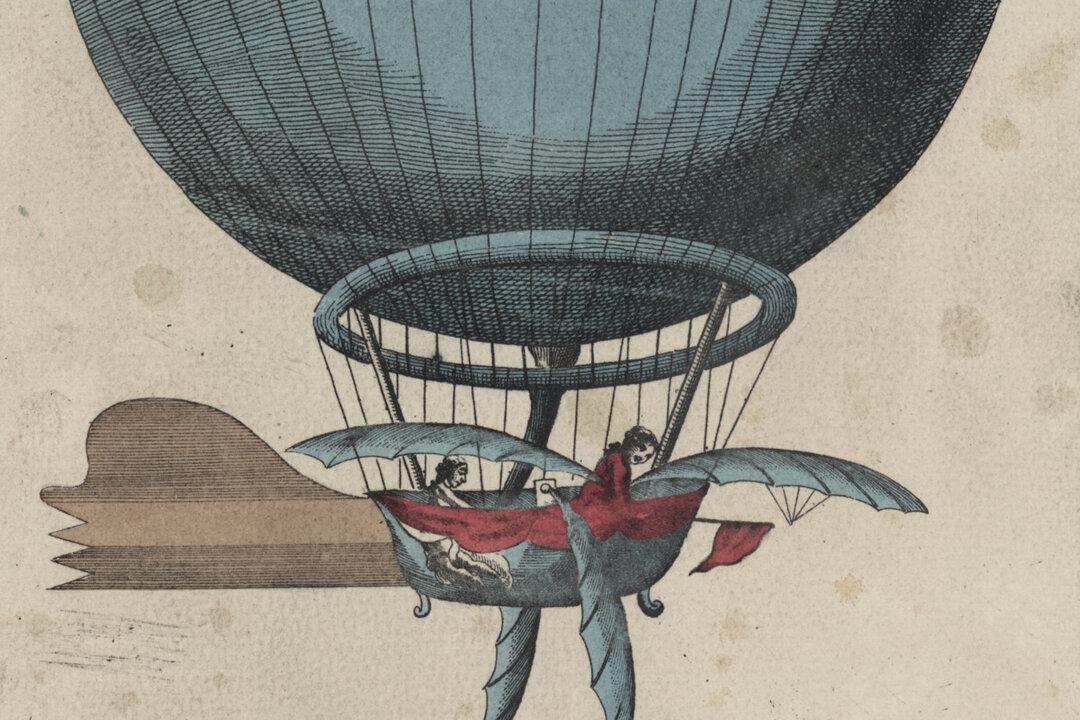About 15 months after George Washington was sworn in as the first president of the United States, the Residence Act of 1790 was approved. The Act formally moved the nation’s capital from Philadelphia, Pennsylvania to Washington. The Act provided a 10-year window to establish the capital city and build the “President’s House.” Therefore, the transfer would not take place until 1800.
The year that Washington became president, a former Boston physician and Loyalist returned from his years away. John Jeffries was born and raised in Boston, received his education at Harvard College and later earned a medical degree from Marischal College in Scotland. When hostilities broke out between American colonists and Great Britain in 1775, Jeffries was a surgeon at the hospital of the province of Massachusetts on Rainsford Island―a small island in the Boston Harbor.






